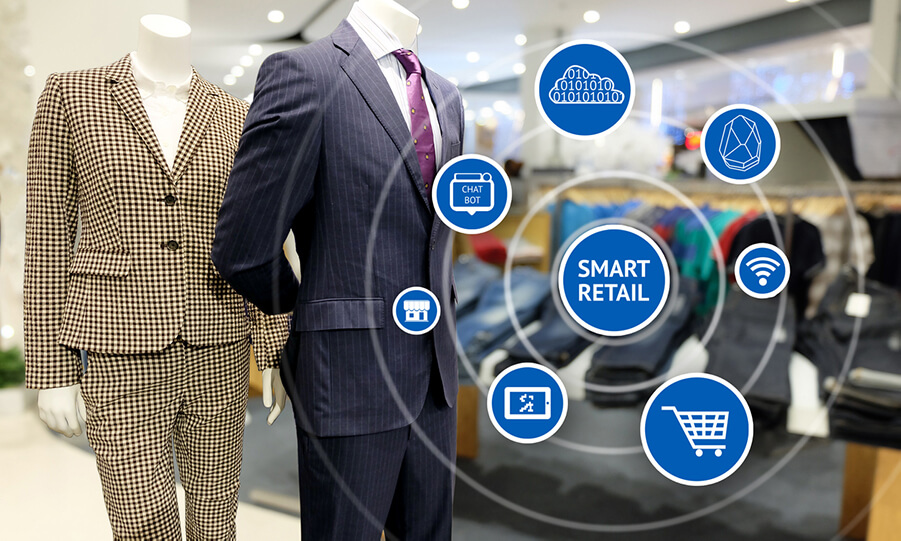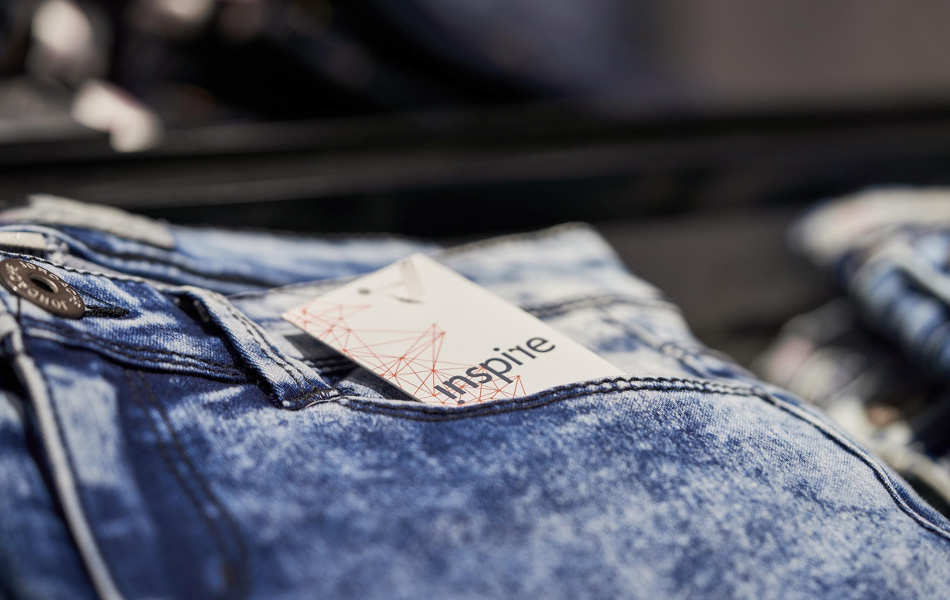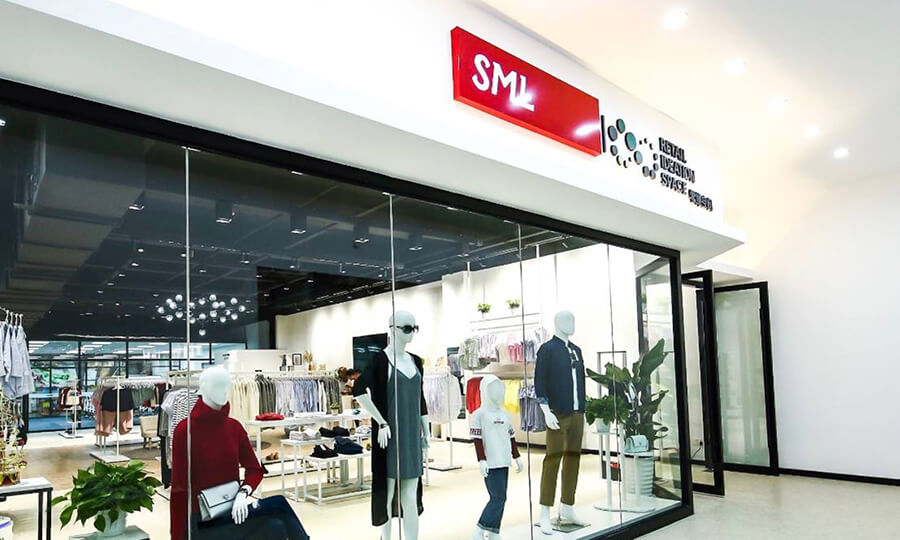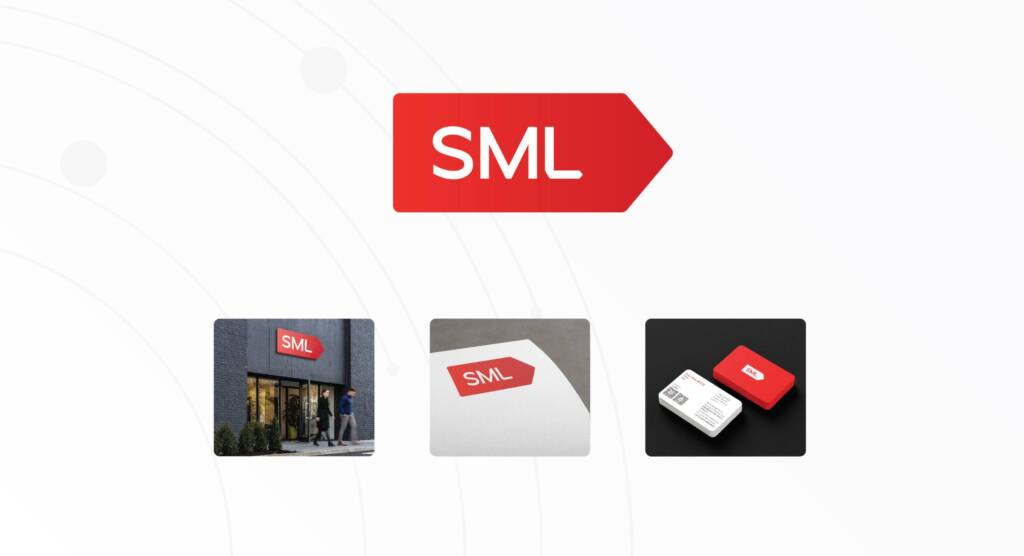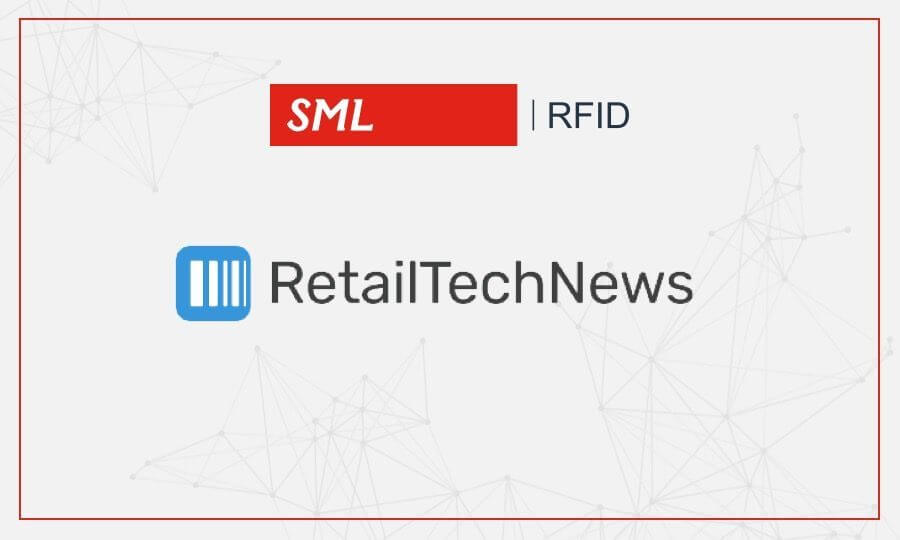The Value of Labels and Tags in the New Era of Retail Part 1: Communicating Brand Messaging
In an increasingly competitive market, ensuring brand messaging is consistent and powerful across all packaging has never been more important. Labels and tags are vital marketing materials that increase sales opportunities in the retail sector. They serve as a reminder of the brand’s message to customers in addition to providing crucial information about the product. The image of an organization is greatly impacted by consistent branding across all channels and distinctive garment labels.
There is no better example of this than the tendency of some customers to base their purchases primarily on branding and name recognition. A low-quality label on high-quality clothing might harm the brand’s reputation as a whole and potentially reduce its value.
As early as the 19th century, organizations identified the potential labeling had for attracting customers and improving the appeal and accessibility of items. Retailers quickly realized that the more you can draw a customer’s attention, the better your chances are of making a sale. The application, design, and function of brand labels have evolved over the years from a one-dimensional brand image to a holistic solution delivering significant value to retailers. Not only this, there are many different types of labels for brands to take advantage of, such as woven labels, hangtags, and price tickets – all of which provide value in a variety of ways.
Brand Positioning
Brand positioning through consistent brand labeling ensures that even if consumers haven’t personally engaged with a brand yet, they know exactly what to expect when they buy it. Consumers associate and connect with the brand of a product – especially the feeling it exudes – and keep it in mind when browsing for new items. The majority of shopping decisions are emotional. Retailers can create these emotional ties with consumers through product branding, which influences sales.
Furthermore, in an increasingly competitive retail market, labels and tags can offer a way to stand out against other brands in the market, offering useful but attractive and cohesive labeling.
Consumer Engagement
Steven Keddie, Senior Director of AIDC at Global Standards 1, explains that the sector is starting to see further adoption of labels and tags to enhance the shopping experience of the digital consumer: “To better enable the digital consumer, the retail industry is embarking on one of the biggest changes since the original introduction of the barcode. This journey will dramatically enhance the experiences of consumers, brands, retailers, and everyone in between.”
Interactive labels, through the form of QR codes or NFC tags, for example, allow shoppers to engage directly with the brand, receive necessary information about the product, and experience a more personalized shopping journey.
Logistical Visibility
Retail labeling is centered on accuracy and efficiency in supply networks. Brands that frequently have to convey crucial information via their labels in a number of different languages may find it challenging to navigate the complexity of labelling laws and regulations. Organizations must establish an efficient labelling process that develops, automates, and maintains the labelling to improve security, safety, and accuracy – given the huge quantity of information needed.
Together with a Data Management System to ensure consistency, accuracy, and true visibility across all orders, brands are able to supply a single source of truth to customers for data integrity and order visibility.
Brand labels hold the power to bring a product’s features to life effectively and efficiently. They are an extension of the garment. A brand can swiftly go from success to failure if it does not comprehend the importance of a strong, recognizable brand image. When created with a deliberate strategy in mind, branding contributes to the development of client trust, loyalty, and word-of-mouth marketing.
As retailers embrace digitalization, labels and tags are critical data carriers that can future-proof a brand’s businesses. By carrying the Digital ID to continuously unlock more applications – such as anti-counterfeit technology – retailers can unlock value now and for many years to come.
Our brand identification solutions include everything a brand needs to ensure global consistency in design, color, material usage, and data carriage. Our branding team partners with retailers to design and create products that meet unique brand image requirements and quality standards while delivering the information needed to drive sales.
Talk to us today to find out how we can help your organization implement consistent brand identification to help with unique brand messaging.


